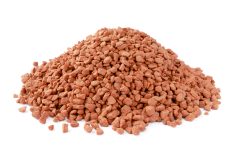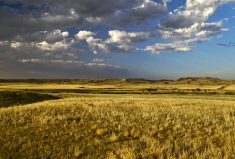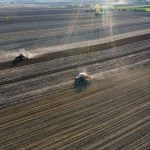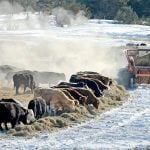The Wildlife Conservation Society of Canada has identified 75 sites across the province as potential candidates for designation as Key Biodiversity Areas (KBAs).
The designation is a relatively new conservation standard adopted in Canada in 2021. KBAs are evaluated using international criteria that recognize special areas that support rare and threatened species and ecosystems, and areas of importance within the life cycles of certain species, such as migratory stopover sites and spawning sites. The wildlife conservation society is the lead organization in the KBA Canada Secretariat, a group that also includes Birds Canada and NatureServe Canada.
The KBA designation is based on a rigorous, numerically driven approval process that considers a huge amount of data about ecosystems.
Read Also
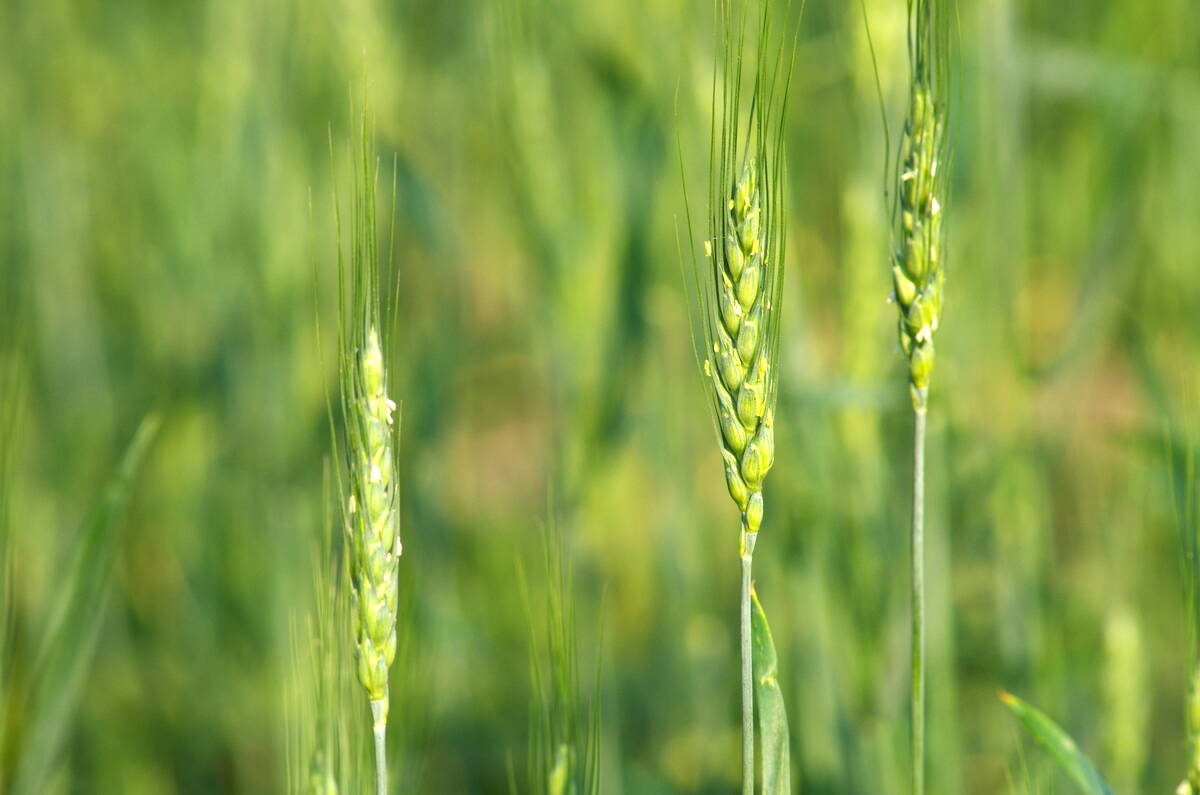
Code cracked on nitrogen-fixing wheat?
U.S. crop breeders have created a wheat variety capable of fixing its own nitrogen rather than relying on fertilizer.
Zack Moore, Manitoba KBA Regional Coordinator for the society, is tasked with wading through the data on these 75 Manitoba sites to identify whether they meet the criteria for KBA designation.
“It’s a long process, but that’s also why it’s valuable,” he says.
While the KBA designation can be based on assessing endangered species or endangered ecosystems (like tall grass prairie), it can also look at aggregations of more common species.
“There are a couple of areas that have huge aggregations of snow geese, and while they’re not particularly endangered, they’re still recognized as being important for the preservation of biodiversity,” says Moore.
Ecological integrity is another assessment aspect.
“We’re still working out the kinks with this, even at the international level, but it’s essentially to identify and prioritize places that have very minimal disturbance to them and are still functioning largely without human interference.”
In Manitoba, that would mainly include areas in the boreal forests, but could also include grasslands that have been used primarily for grazing.
To date, only one of the 75 potential areas identified for KBAs has earned the designation. The Whitewater Lake catchment basin is in the southwestern corner of Manitoba, north of Turtle Mountain Provincial Park.
It is an alkaline lake that may contain no water for two or three years at a time during dry cycles. During normal years, it covers 6,070 hectares, but can be as high as 10,320 hectares (and two metres deep) during years with increased run-off. In 2013, the lake reached record high water levels and probably exceeded 14,000 hectares.
Over the past 100 years, there have been several decades, such as the 1930s and 1980s, in which the lake was dry most of the time. Several small creeks drain into Whitewater Lake, but there is no major natural outlet. The flat terrain surrounding the lake is used for agricultural production.
The fact that only one area has made the cut in the year since Moore started his work in Manitoba is a testament to the thoroughness of the process.
“Because we have so many people involved in providing the information, it can take a little bit longer,” he says.
But Moore says he’s closing in on some areas.
“I’m very excited about what we’re calling Whitemouth-Birch,” where two endangered fish species have been identified.
“Almost the entirety of their occurrence in Canada is within the reaches of the Whitemouth and Birch Rivers,” he says.
The area is not protected, not even by a watershed district, but Moore says some protections are needed to preserve those species.
While discoveries like the endangered fish species in the Whitemouth-Birch Rivers are important, a KBA designation doesn’t guarantee the species will be protected.
“[A KBA] doesn’t have any jurisdictional bounds on it,” says Moore. “It doesn’t have any management prescriptions. It’s simply an area that has passed the quantitative tests that identify it as critically important to biodiversity preservation.”
Drawing attention to these critically endangered areas is an important first step, he adds.
“The KBAs are an information layer. It’s a tool that we can use, along with other tools, to identify areas that are important. There’s already been some explicit interest from the federal government and the provincial government in terms of using this for identifying future conservation goals.”








